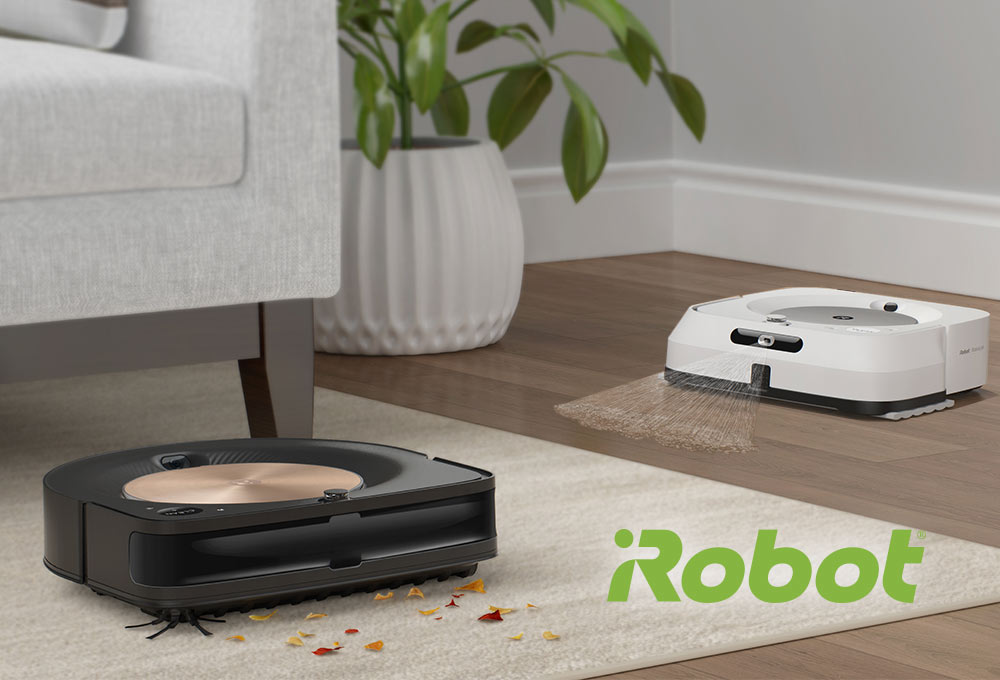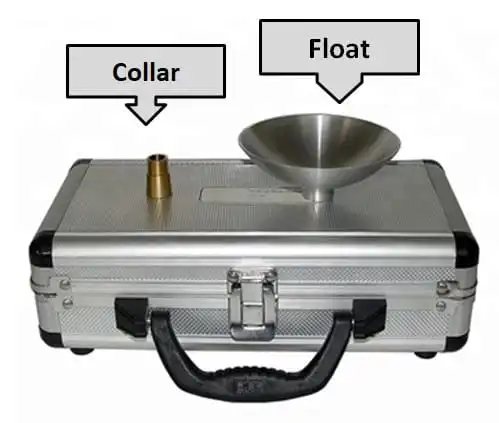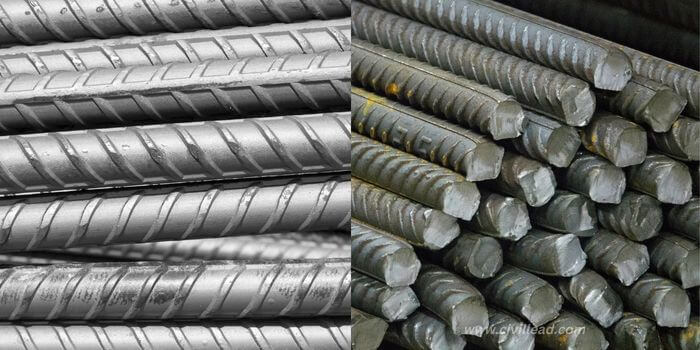1. Traditional Cotton Mop
1.1 Description
The traditional cotton mop consists of cotton fibers attached to a handle, commonly used for wet mopping.
1.2 Pros
- Affordable and widely available.
- Effective for general cleaning on various floor surfaces.
1.3 Cons
- Can retain dirt and bacteria, leading to unpleasant odors.
- May leave streaks or water marks if not wrung out properly.
2. Microfiber Mop
2.1 Description
Microfiber mops use synthetic fibers that are highly effective in trapping and removing dirt and debris.
2.2 Pros
- Excellent at picking up dust and small particles.
- Requires less water and cleaning solutions.
2.3 Cons
- May not be as effective on heavy stains or spills.
- May need frequent washing to maintain effectiveness.
3. Sponge Mop
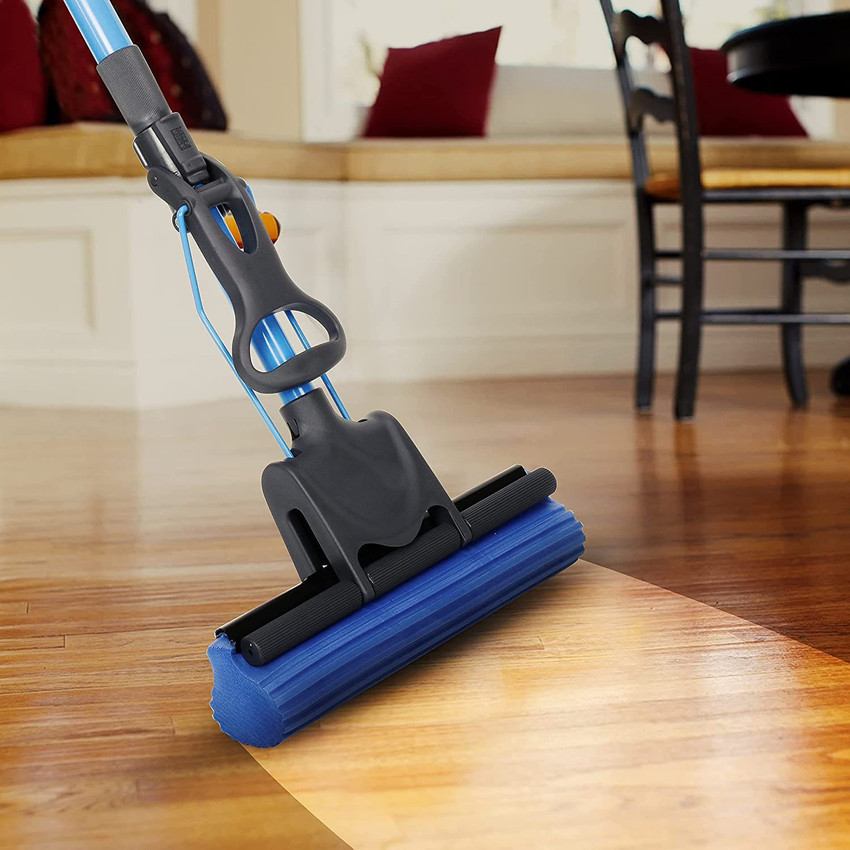
3.1 Description
Sponge mops have a sponge head that absorbs liquid and is suitable for tiled or linoleum floors.
3.2 Pros
- Absorbs spills and liquids effectively.
- Ideal for quick clean-ups.
3.3 Cons
- Can harbor bacteria if not properly cleaned and dried.
- May not be suitable for rough or textured surfaces.

4. Spin Mop
4.1 Description
Spin mops have a built-in wringer mechanism activated by foot pedal or handle, making wringing out excess water easy.
4.2 Pros
- Effortless wringing without bending or twisting.
- Highly absorbent and suitable for large areas.
4.3 Cons
- Some models may have durability issues with the wringer mechanism.
- Replacement mop heads can be expensive.
5. Flat Mop
5.1 Description

Flat mops have a rectangular head and are typically used with disposable or reusable pads.
5.2 Pros
- Lightweight and easy to maneuver.
- Suitable for tight spaces and under furniture.
5.3 Cons
- May not have the same scrubbing power as traditional mops.
- Disposable pads can generate waste.
6. Steam Mop
6.1 Description

Steam mops use steam to sanitize and clean floors without the need for chemicals.
6.2 Pros
- Effective in killing germs and bacteria.
- Environmentally friendly option with no chemicals.
6.3 Cons
- Not suitable for all floor types (e.g., hardwood).
- Higher upfront cost compared to traditional mops.
7. Spray Mop

7.1 Description
Spray mops have a built-in spray mechanism for dispensing cleaning solution as you mop.
7.2 Pros
- Convenient and easy to use.
- Saves time by eliminating the need for a separate bucket.
7.3 Cons
- Limited water capacity in the built-in container.
- Some models may have issues with the spray mechanism.
8. Robot Mop
8.1 Description
Robot mops are autonomous devices that navigate and mop floors automatically.
8.2 Pros
- Requires minimal effort, as it operates autonomously.
- Ideal for daily maintenance cleaning.
8.3 Cons
- Higher initial investment compared to manual mops.
- May not be as effective on stubborn stains or heavy spills.
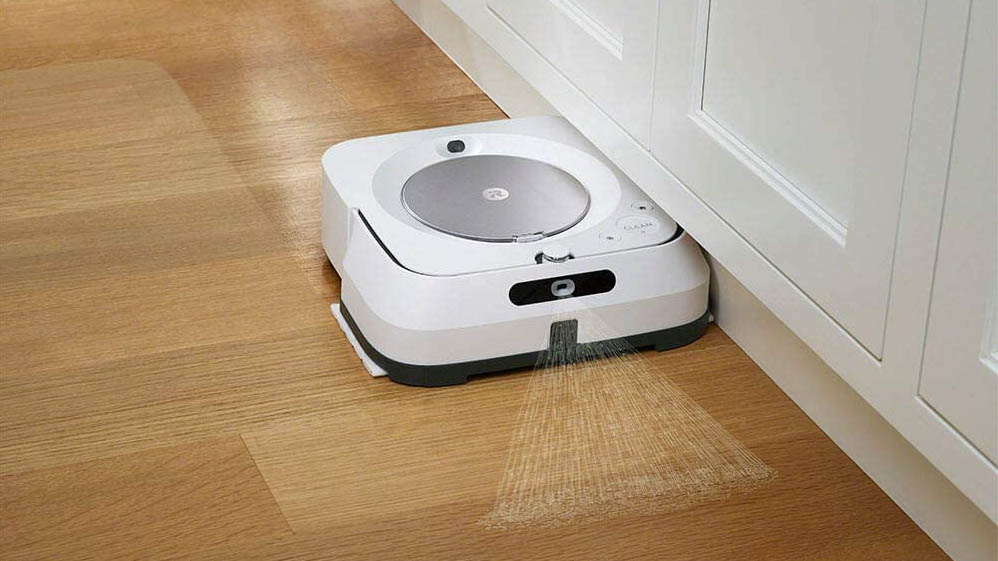
Frequently Asked Questions (FAQ)
Q: What is the best type of mop for hardwood floors?
A: Microfiber mops are generally considered the best option for hardwood floors, as they are gentle on the surface and highly effective at picking up dust and small particles without causing scratches.
Q: Can I use a steam mop on all types of floors?
A: Steam mops are suitable for many types of sealed floors, such as tile, vinyl, and laminate. However, they may not be recommended for unsealed hardwood floors or floors with sensitive finishes.
Q: How often should I replace the mop head or pads?
A: The frequency of replacing mop heads or pads depends on the type of mop and how frequently you use it. For traditional mops, it’s best to replace the cotton head when it becomes worn or dirty. For microfiber or flat mops, wash and reuse the pads until they show signs of wear.
Q: Are disposable mop pads eco-friendly?
A: Disposable mop pads can generate waste and may not be the most eco-friendly option. However, some manufacturers offer biodegradable or recyclable pads as more sustainable alternatives.
Q: Can I use bleach or harsh chemicals with all types of mops?
A: It’s essential to check the manufacturer’s guidelines before using bleach or harsh chemicals with your mop. Some mops, such as microfiber or steam mops, may not require any chemicals at all, while others may have specific recommendations for cleaning solutions.
Q: How do I maintain and clean my mop to prevent bacteria buildup?
A: To prevent bacteria buildup, rinse and clean your mop thoroughly after each use. For traditional cotton mops, wash the mop head regularly with hot water and detergent. For microfiber and flat mops, machine wash or hand wash the pads with mild detergent.
Q: Can I use a robot mop as a replacement for regular mopping?
A: Robot mops are designed for daily maintenance cleaning and can be a convenient addition to your cleaning routine. However, they may not completely replace the need for manual mopping, especially for heavy spills or deep cleaning.
Q: Are there any safety precautions to consider when using a steam mop?
A: When using a steam mop, be cautious of the hot steam and avoid direct contact with your skin. Follow the manufacturer’s safety guidelines, including wearing closed-toe shoes, to prevent accidental burns.
Q: How do I choose the best mop for my needs?
A: To choose the best mop, consider factors such as the type of flooring, the level of cleaning required, and your preferred cleaning method (e.g., traditional mopping, steam cleaning, or robot mopping). Also, weigh the pros and cons of each type of mop to match your specific needs and preferences.
Q: Can I use my mop on walls or ceilings?
A: Most mops are designed for floor cleaning and may not be suitable for walls or ceilings. For cleaning higher areas, consider using a microfiber mop with an extendable handle or a different cleaning tool specifically designed for those surfaces.
Please note that the answers provided are general guidelines, and it’s essential to refer to the specific manufacturer’s instructions for each type of mop you use to ensure proper usage and maintenance.
Conclusion
Choosing the right mop depends on your cleaning needs and preferences. Each type of mop comes with its pros and cons, so consider factors like the type of flooring, cleaning frequency, and desired features before selecting the best mop for your home or business.

